TDF: The Guru for Doing Organizations
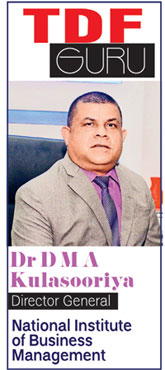 Doing Organization (DO) is a workplace (Gemba) where value is created by i t s employees who willingly and relentlessly engage in producing new ideas and thoughts and bring them in to life with a superior quality. Simply, it is a living workplace where low-cost and simple doable solutions are embraced for continual improvements. Today, DO’s are listed as high-performing and learning organizations in the world. TDF model is a tested novel approach for creating doing organizations, which is founded on three major pillars of human talent development process to produce tangible and effective outcomes in doing business.
Doing Organization (DO) is a workplace (Gemba) where value is created by i t s employees who willingly and relentlessly engage in producing new ideas and thoughts and bring them in to life with a superior quality. Simply, it is a living workplace where low-cost and simple doable solutions are embraced for continual improvements. Today, DO’s are listed as high-performing and learning organizations in the world. TDF model is a tested novel approach for creating doing organizations, which is founded on three major pillars of human talent development process to produce tangible and effective outcomes in doing business.
TDF is based on Bloom’s Taxonomy of three learning domains created under the leadership of educational psychologist Dr. Benjamin Bloom in order to promote higher order of thinking in education. TDF stands for Thinking, Doing and Finishing. This approach identifies drivers or enablers for learning, up-skilling strategies and interventions, roles and attributes to be developed by individuals who underwent in the learning process and the final outcomes being performed (see figure- 01). This may go beyond the need of knowledge and skills of people and considered as a holistic approach for creating doing organizations with the support of a small team of productive people in a tech-savvy setting.
Drivers of TDF
Lear ning Interface (LI), Learning Experience (LE), Teaching and Life Coaching (TLC) and Learning Culture (LC) of an organization are the real enablers of bringing out the best in people to improve the capability of business processes that deliver sustainable outcomes.
Learner Interface (LI)
Leaner Interfaces include all teaching and learning technologies that support employees to gain optimum level of learning experience on process improvement (Kaizen). Learner interface has to be designed in such a way that it complements and enhances the willingness to learn and to learn from team members across the organization at all levels. The look and the feel should be attractive enough and tech-savvy so that new generation (Gen Z) begins learning spontaneously.
Learning Experience (LE)
Learner Experience refers to the quality of interaction between the teacher (Sensei), leaning technologies and learners themselves. Learners are directly exposed to gain the real life experience with the interaction of the product or program. Many of the modern learning environments are being built today to promote and support a range of pedagogies including delivering, applying, creating, communicating and decision making. LE includes on-line research and self-learning, teamwork, readings, questioning, special projects, teaching and presentations, data analytics, mind mapping, research projects etc. In addition, LE orients learners to cultivate ethics, decent habits, values and the responsibility towards the society and the environment.
Teaching & Life Coaching (TLC)
Teacher (Sensei) is a driver and the enabler of the learning process. In fact, teachers should be academically and professionally qualified (AQ&PQ) team members who are willingly and wholeheartedly coach learners of the team. Teaching is more often centered around a learner’s “home base” where a lot of the teaching and learning occur, and these bases provide access to a variety of other leaning spaces. Flexibility, openness and access to a variety of resources for experiencing the learner’s life are key learning spaces to be developed. A teacher is not just a feeder of information but a coach who supports learners to develop thinking, doing and finishing skills: the three key pillars of the TDF model.
Leaning Culture (LC)
Learning culture is a set of organizational values, norms and the best practices that encourage learners and the organization as a whole to increase knowledge, competencies and disciplines. This is a unique character that each organization carries from generation to generation. These are four enablers and drivers of the TDF model, bringing out best in people to improve the capability of business processes that delivers sustainable outcomes.
TDF and Human Productivity
TDF is a human value-creating model to fill the gap between workplace and academic or teaching organizations. Teaching organizations are places where learners are first exposed to theories and the best practices and then they are passed on to a workplace where they are challenged to convert theories in to actions. Doing Organizations (DO) are incubators designed with TDF tools for new employees to groom and test them on the capability of converting ideas in to productive solutions. Hence TDF model helps improving human productivity and bring in the best in people to create highperforming organizations at no extra cost.
In fact, both teaching organizations and the workplaces are knowledge creating factories where trial and error experiments are allowed. The only difference is that teaching organizations are allowed to make numerous mistakes in the name of research or experiments where as the workplace mistakes cannot be passed on to its Users or customers. TDF model is a mistake-proofing (Poka-Yoke) system to fill the gap between teaching organizations and workplaces.
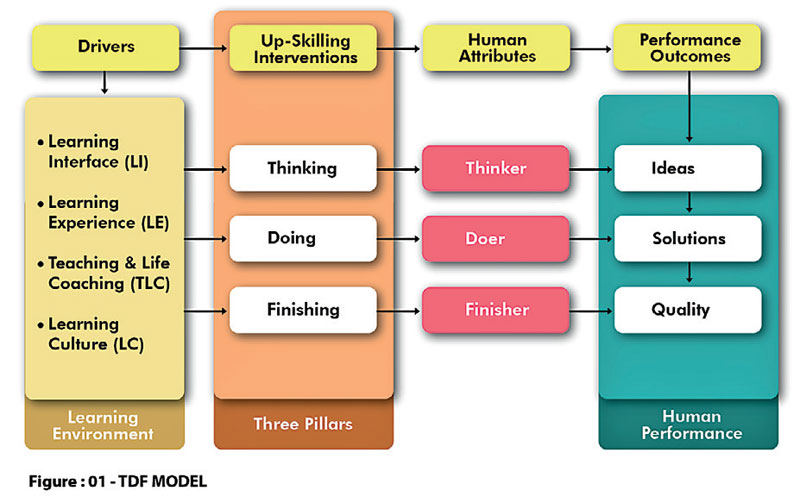
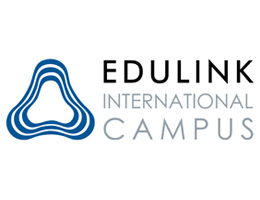
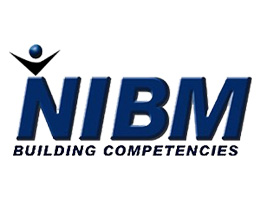
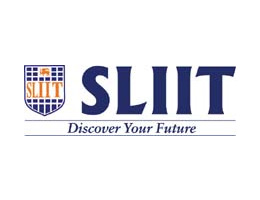
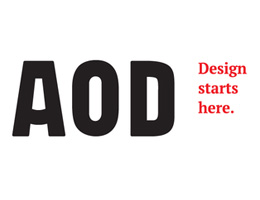
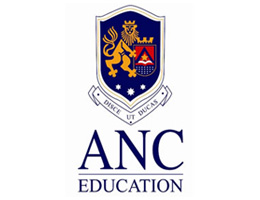
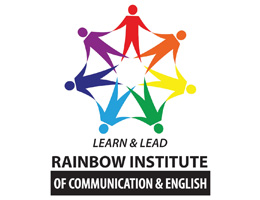
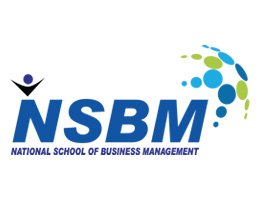
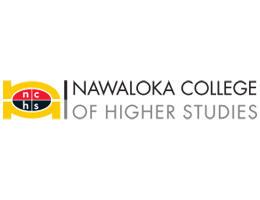
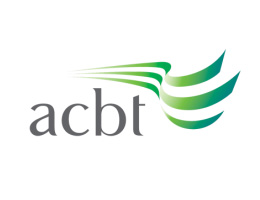
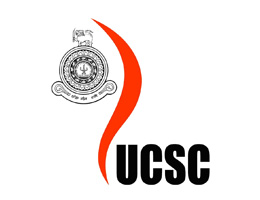
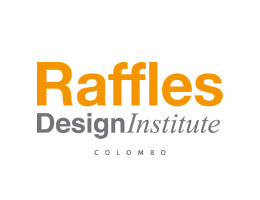
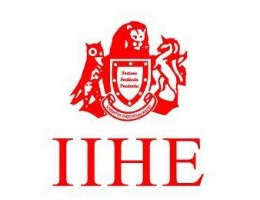
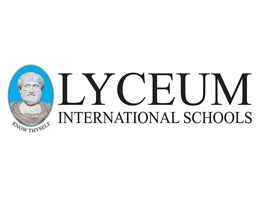
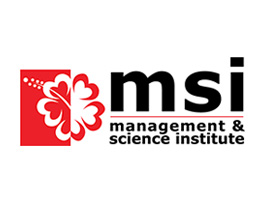
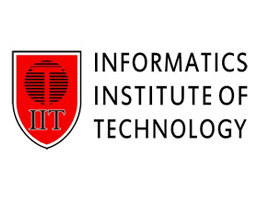
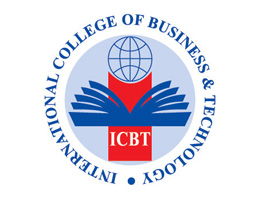
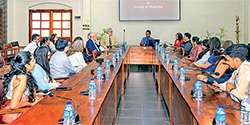
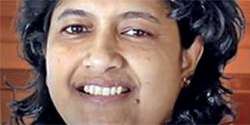
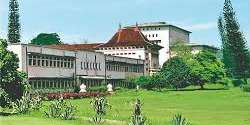
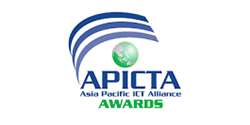
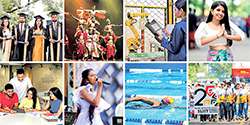



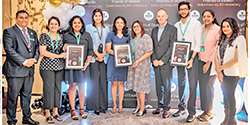
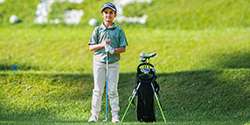

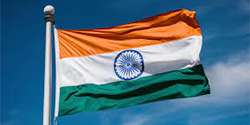
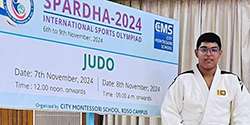


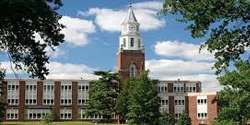
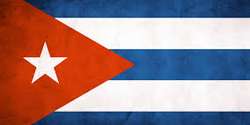








.jpg)
.jpg)
.jpg)
.jpg)

.jpg)
